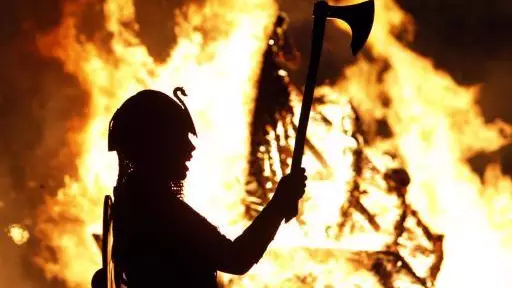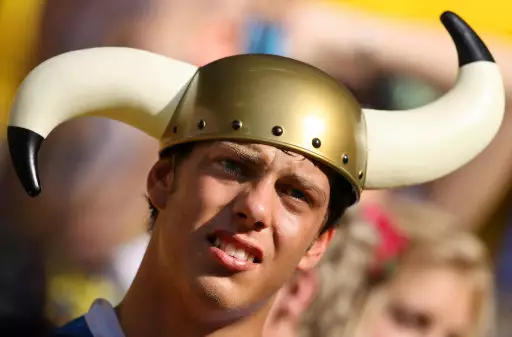
The Vikings were some of the most terrifying fighters of their time. Coming from Scandinavia, for three centuries they blighted England's shores.
The old traditional image of a Viking is one of men with long hair, wearing armour and helmets with horns on them, and wielding an axe.
Credit: BBC
However, what if that image was wrong, and instead some Viking leaders were women?
Remains found in the 1880s of a body, sword, axe, arrows, knife, shield and two horses belonged to a professional warrior.
They were assumed to belong to a man, however, new DNA evidence has suggested that the mystery figure was actually a woman.
Researchers, writing in the American Journal of Physical Anthropology, said: "This image of the male warrior in a patriarchal society was reinforced by research traditions and contemporary preconceptions. Hence, the biological sex of the individual was taken for granted."
The women was profiled as being over 30-years-old, and tall in height - around 170cm.

Credit: PA
Advert
Charlotte Hedenstierna-Jonson, an archaeological at Sweden's Uppsala University, told The Local: "Aside from the complete warrior equipment buried with her.
"She had a board game in her lap, or more of a war-planning game used to try out battle tactics and strategies, which indicates she was a powerful military leader. She's most likely planned, led and taken part in battles.
"You can't reach such a high (military) position without having warrior experience, so it's reasonable to believe that she took part in battles.
"It was probably quite unusual (for a woman to be a military leader), but in this case, it probably had more to do with her role in society and the family she was from, and that carrying more importance than her gender."

Credit: PA
The grave was excavated by Swedish archaeologist Hjalmar Stope at the end of the 19th century, and was brought out for a study by Anna Kjellstrom, of Stockholm University, a couple of years ago.
Kjellstrom noticed that the cheekbones were finer than that of a man, and the hip bones were typically feminine.
It's almost like a real-life Brienne of Tarth from Game of Thrones - it's just a shame that this Viking warrior was not found with her own Tormund.
Featured Image Credit: PA